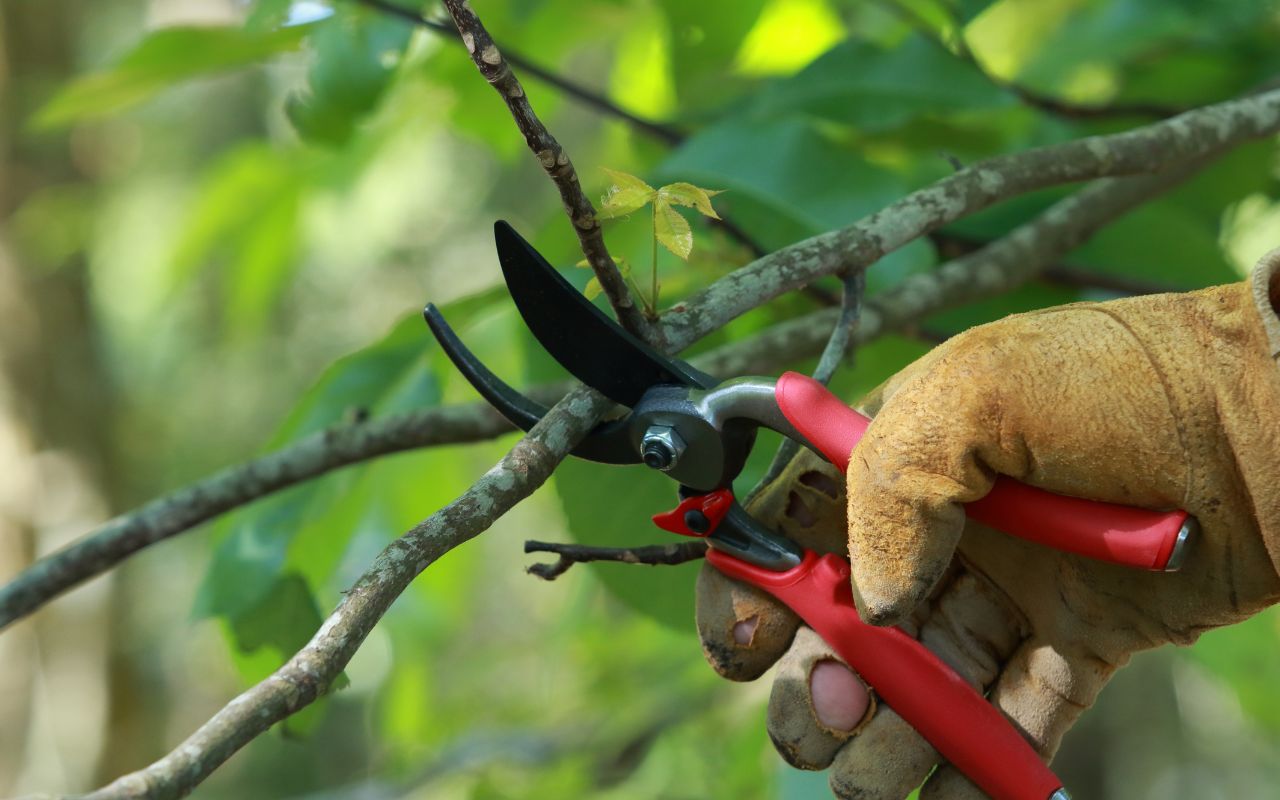
Is your tree looking a bit overgrown? Tree health pruning is essential for maintaining strong, vibrant trees. By removing dead or overgrown branches, you can boost your tree’s overall health and longevity. In this guide, we’ll explore how proper pruning techniques can improve the well-being of your trees. Let’s learn how to keep your trees thriving with just a few simple steps.
Essential Tree Health Pruning Techniques
Pruning is more than just trimming branches; it’s a vital part of tree care that ensures your trees remain healthy and strong. In this section, we’ll dive into the best practices for tree health pruning, helping you maintain your trees’ vitality.
Why Pruning is Crucial for Tree Health

Pruning plays a significant role in promoting tree health. By removing dead, diseased, or overgrown branches, you allow the tree to focus its energy on healthy growth. This not only improves the tree’s appearance but also helps prevent the spread of disease and pest infestations. Regular pruning also encourages better air circulation and sunlight penetration, which are essential for the tree’s well-being.
When to Prune for Optimal Tree Health
Timing is key when it comes to tree health pruning. Pruning during the right season helps minimize stress on the tree and promotes better recovery. Here’s a guide on when to prune:
- Winter Pruning
Winter is the ideal time for most trees, as they are dormant and less susceptible to stress. Pruning in winter also gives you a clearer view of the tree’s structure without the obstruction of leaves. - Spring Pruning
Early spring is perfect for pruning trees that bloom on new growth. This timing ensures that you don’t remove any buds that will develop into flowers. - Summer Pruning
Summer pruning can help control growth and remove any damaged or diseased branches. It’s also a good time to prune fruit trees, as it helps improve the quality of the fruit. - Fall Pruning
Fall pruning is generally not recommended, as it can stimulate new growth that may not harden before winter. However, light pruning to remove dead or broken branches is acceptable.
How to Prune for Healthy Trees

Proper technique is essential for effective tree health pruning. Follow these steps to ensure you’re doing it right:
- Use the Right Tools
Invest in quality pruning tools, such as sharp shears, loppers, and saws. Clean tools prevent the spread of disease. - Make Clean Cuts
Always make cuts just outside the branch collar (the swollen area where the branch joins the trunk). This allows the tree to heal properly and prevents disease. - Remove Dead or Diseased Wood First
Start by cutting away any dead, diseased, or damaged branches. This prevents the spread of disease and pests. - Thin the Canopy
Thinning the canopy helps improve air circulation and allows sunlight to reach all parts of the tree. Focus on removing crowded or crossing branches. - Shape the Tree
After removing problem branches, shape the tree by cutting back overgrown areas. This helps maintain a balanced structure and prevents future issues.
Common Pruning Mistakes to Avoid
Even with the best intentions, mistakes can happen during pruning. Here are some common errors and how to avoid them:
- Over-Pruning
Removing too much at once can stress the tree and reduce its ability to photosynthesize. Never remove more than 25% of the tree’s foliage at one time. - Topping Trees
Topping, or cutting off the top of a tree, is harmful and should be avoided. It weakens the tree and makes it more susceptible to disease. - Pruning at the Wrong Time
Pruning at the wrong time can lead to poor growth and increased stress. Always follow the recommended pruning schedule for each tree type.
When to Call a Professional
While basic pruning can be done on your own, there are times when it’s best to call a professional. Large trees, difficult-to-reach branches, or trees near power lines may require expert care. A professional arborist can ensure your trees are pruned safely and correctly, reducing the risk of damage or injury.
Keep Your Trees Healthy—Contact Us for Expert Pruning!
Pruning is essential for maintaining the health and beauty of your trees. By following proper tree health pruning techniques, you can ensure your trees thrive for years to come. If you need help or have large trees that require expert care, we’re here to assist. Contact us today to schedule a professional pruning service and keep your landscape looking its best!
